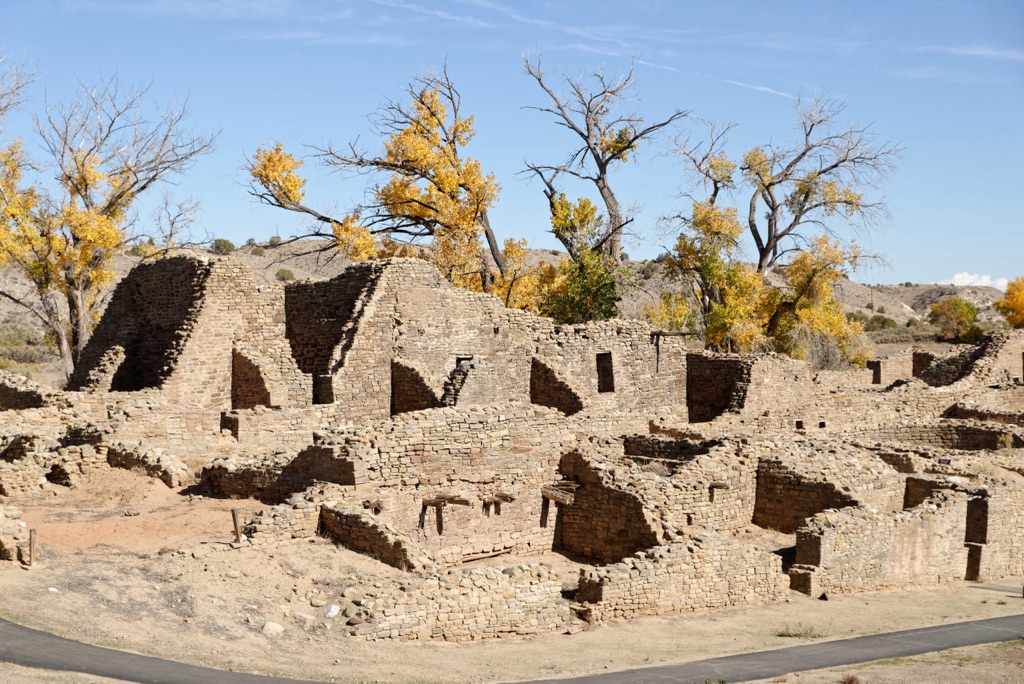Aztec Ruins National Monument: A Testament to Ancestral Pueblo Engineering
The Aztec Ruins National Monument, located in northwestern New Mexico, United States, stands as a significant archaeological site that offers insight into the lives of the ancestral Pueblo peoples. Situated on the western bank of the Animas River in Aztec, New Mexico, approximately 12 miles northeast of Farmington, this monument preserves structures that were constructed between the 12th and 13th centuries AD.
Get your dose of History via Email
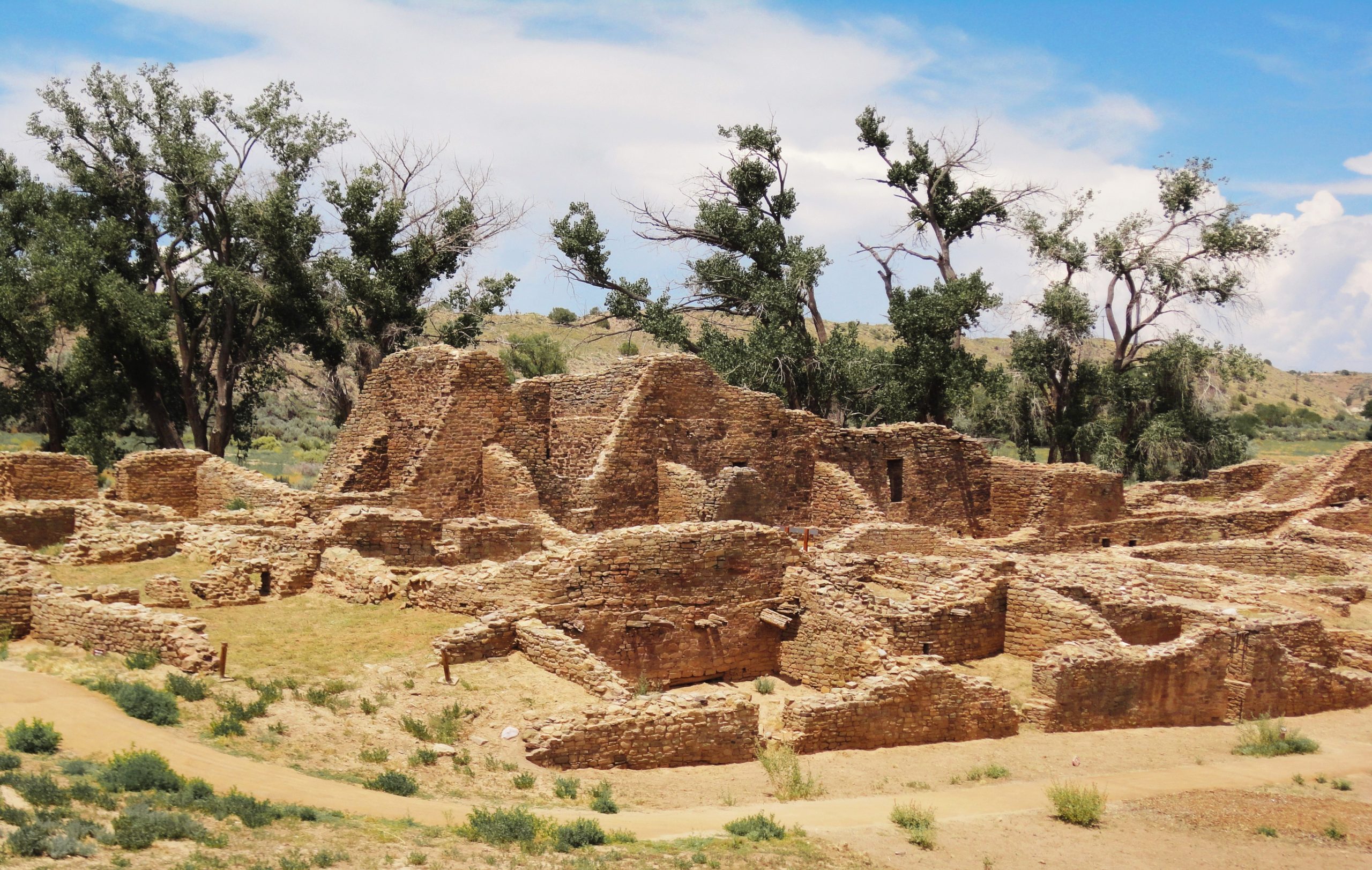
Historical Misattribution and Preservation
The name “Aztec Ruins” is a result of a historical misattribution by 19th-century American settlers who incorrectly believed that the Aztecs of Mexico were responsible for the construction of these structures. This misconception was rooted in the then-popular theory that the ancestors of the Aztecs had migrated southward from the U.S. Southwest. Despite this naming error, the site has been recognized for its historical and cultural significance. It was designated as a national monument on January 24, 1923, by President Warren G. Harding, with the aim of preserving it “for the enlightenment and culture of the nation.”
Architectural Significance
The Aztec Ruins are notable for their well-preserved Chacoan structures, which are among the best examples of their kind. Visitors to the monument can explore the Aztec West great house, which once contained between 450 and 500 rooms and stood at least three stories high. This structure showcases the advanced architectural techniques of the ancestral Pueblo people, including the use of original wooden beams and the construction of a restored Great Kiva—a ceremonial chamber used for communal activities.
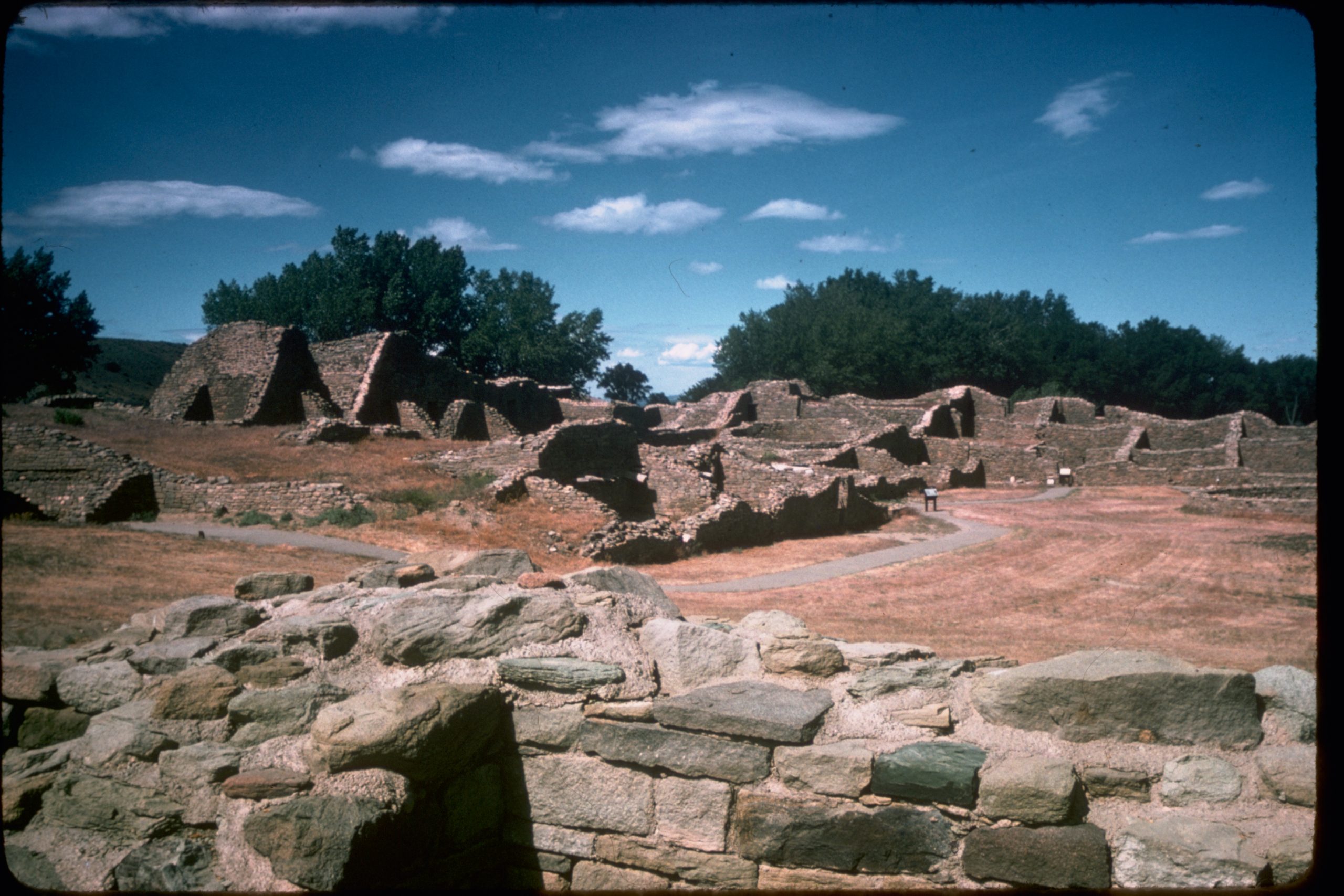
The construction materials for these monumental structures were sourced locally, with walls made of adobe mud and roofs constructed from cottonwood, piñon pine, and juniper. For the West Ruin, however, materials such as ponderosa pine, spruce, Douglas fir, and aspen were transported from mountains at least 20 miles to the north, demonstrating the significant effort invested in these constructions.
Cultural and Environmental Challenges
The ancestral Pueblo peoples occupied the Aztec Ruins for nearly 200 years, a duration comparable to or longer than most modern towns in the U.S. West today. However, in the late 1200s AD, environmental changes, including shorter growing seasons and drought, forced the inhabitants to migrate southward. This departure marked the end of a significant chapter in the history of the region.
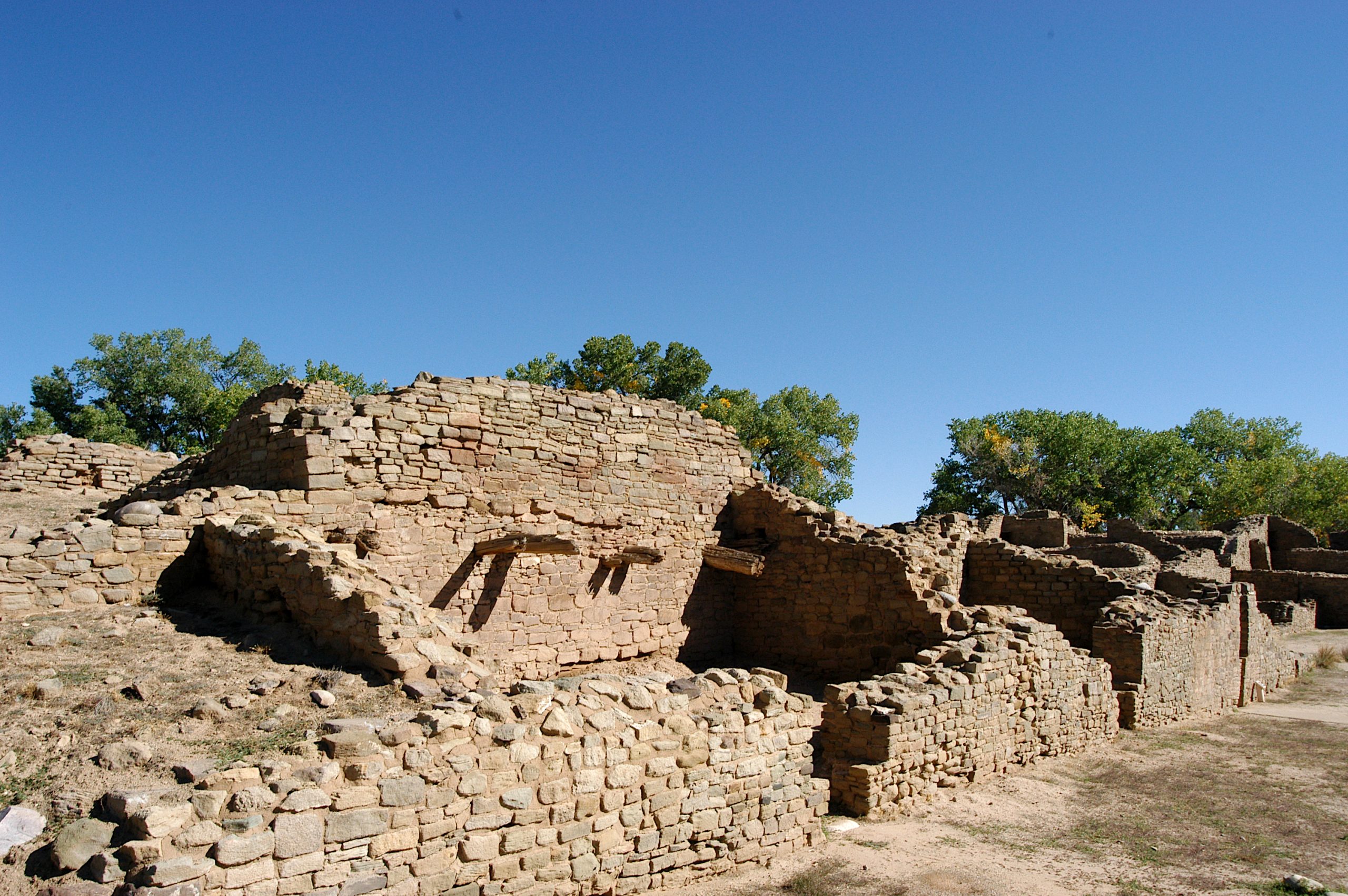
Modern Preservation and Respect
Today, the Aztec Ruins National Monument is managed by the National Park Service, which aims to preserve the site for future generations while respecting its sacred significance to many Indigenous peoples across the American Southwest. Visitors are encouraged to explore the site with respect, acknowledging its historical and cultural importance.
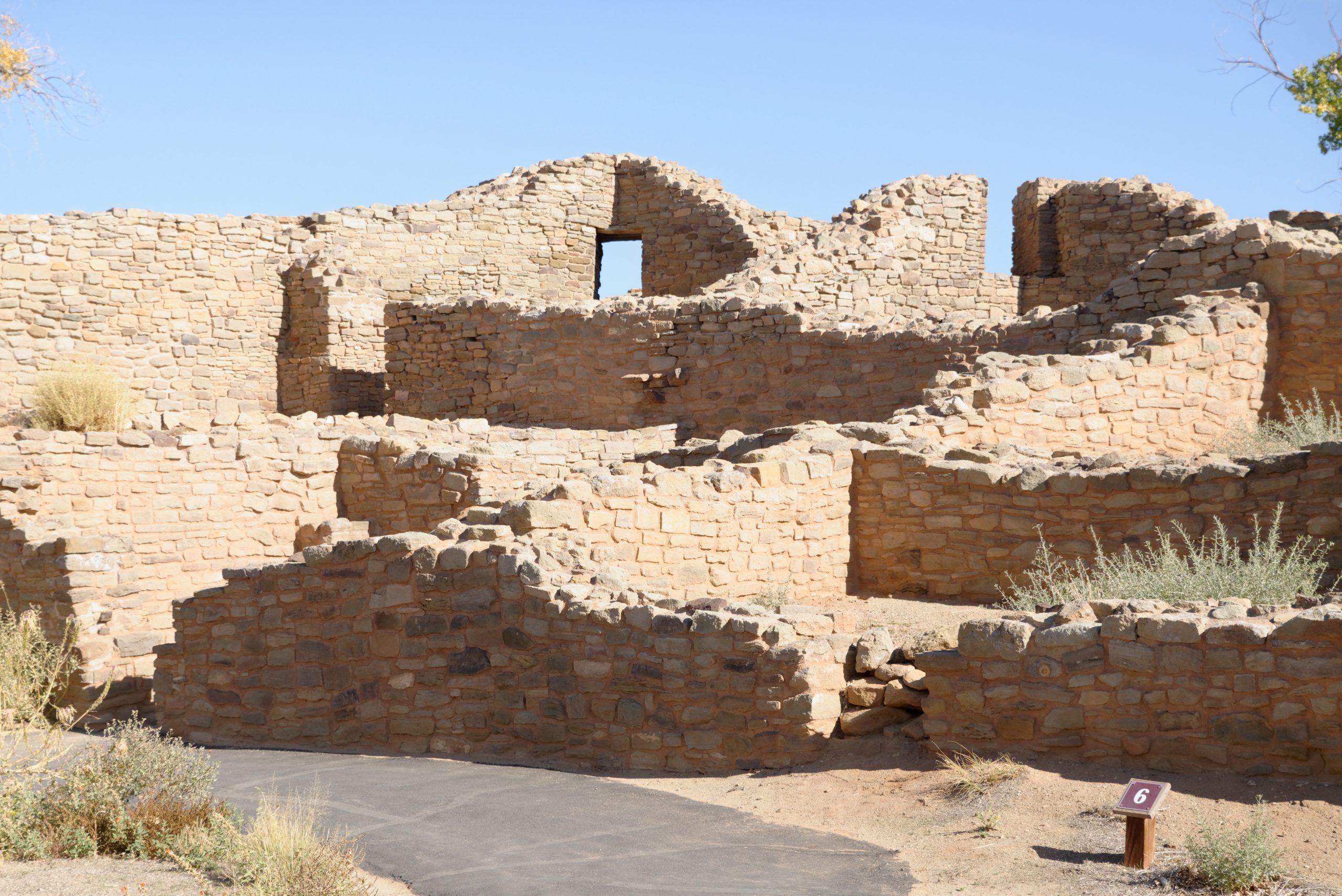
The monument’s inclusion in the UNESCO World Heritage Site listing for the Chaco Culture on December 8, 1987, further underscores its global significance as a cultural heritage site. As part of the Trail of the Ancients Scenic Byway, Aztec Ruins offers a unique opportunity to delve into the ancestral Pueblo culture and appreciate the architectural ingenuity of the ancient inhabitants of the southwestern United States.
Sources:
Wikipedia
UNESCO
National Park Service

